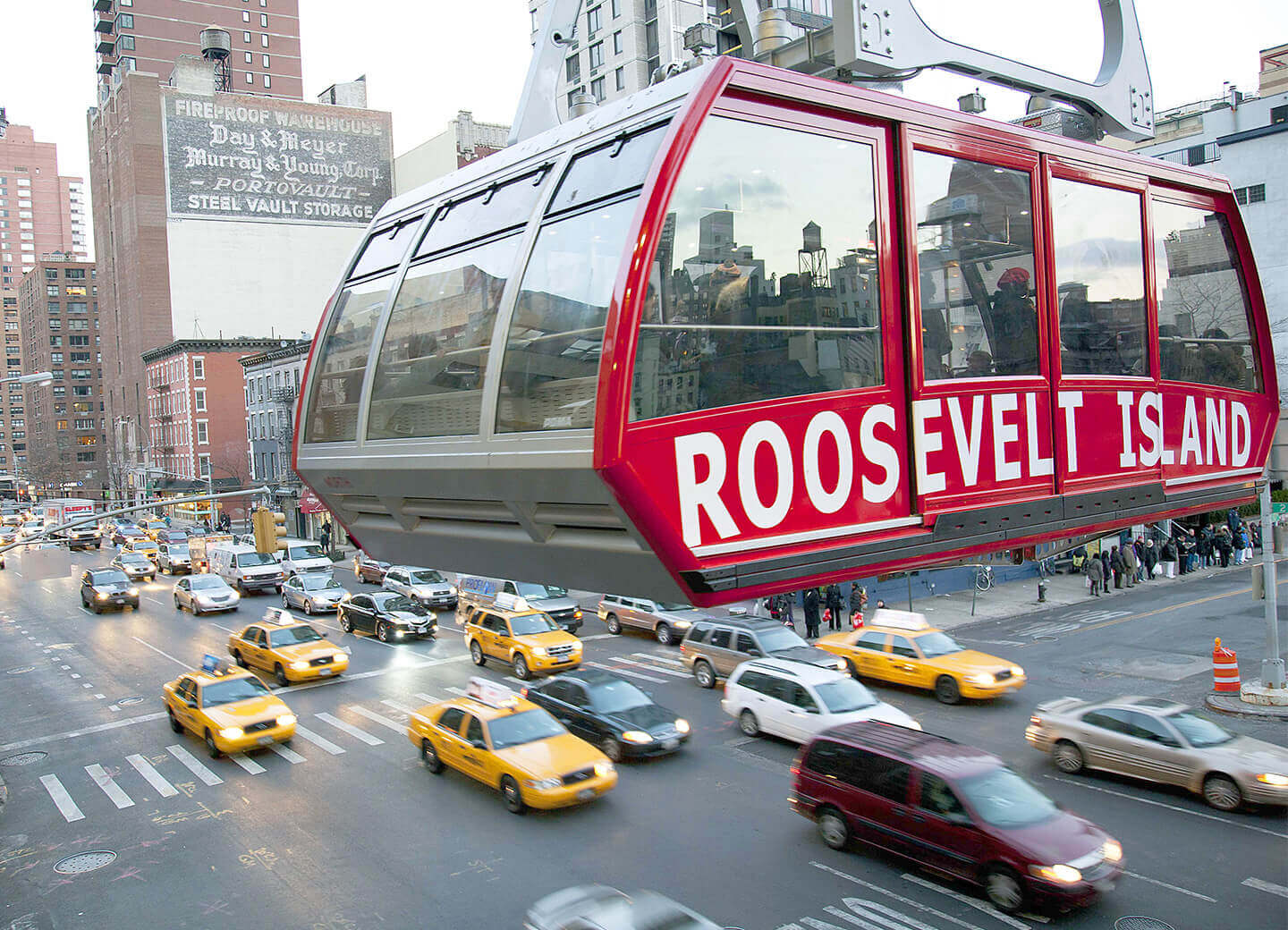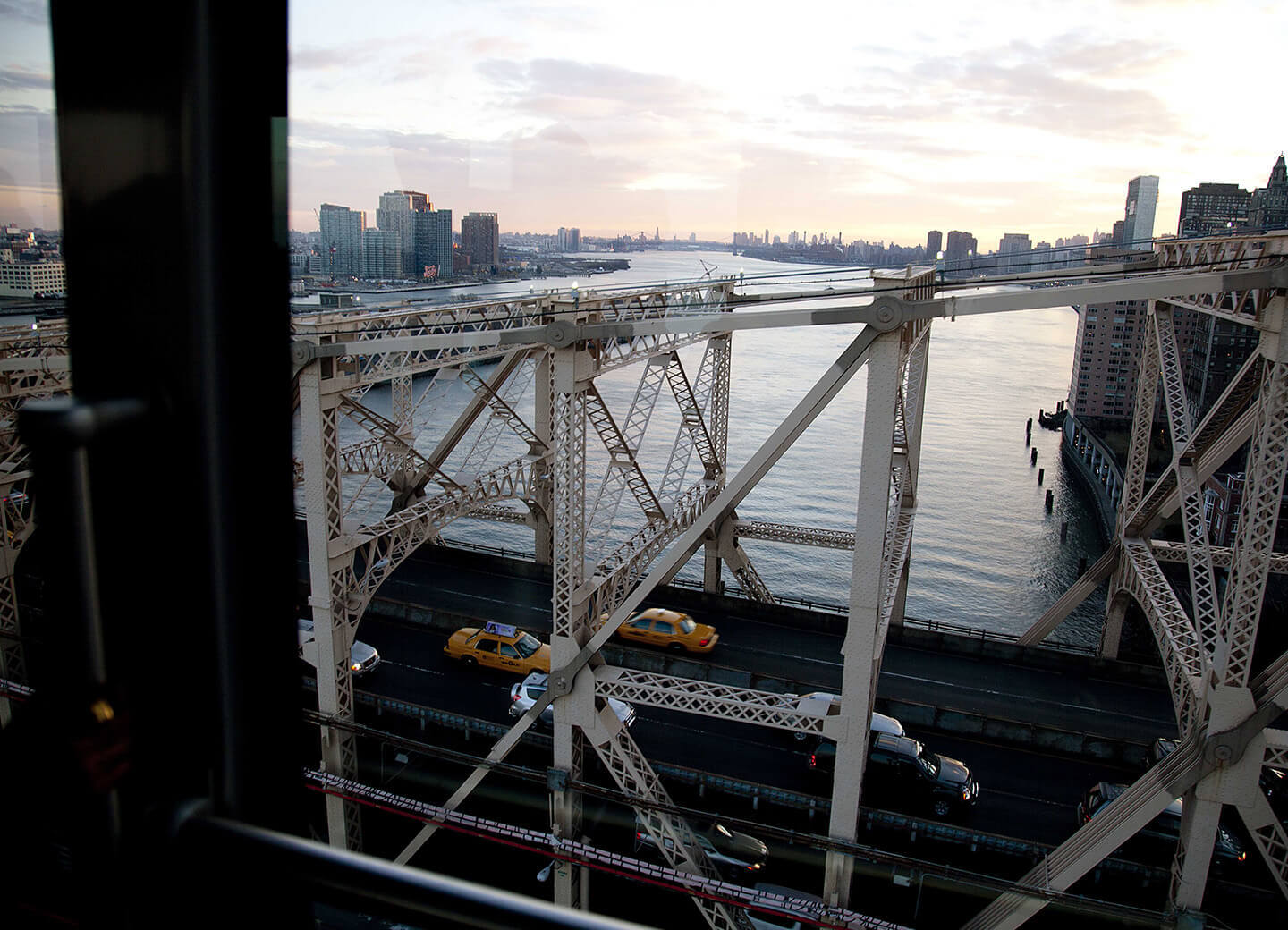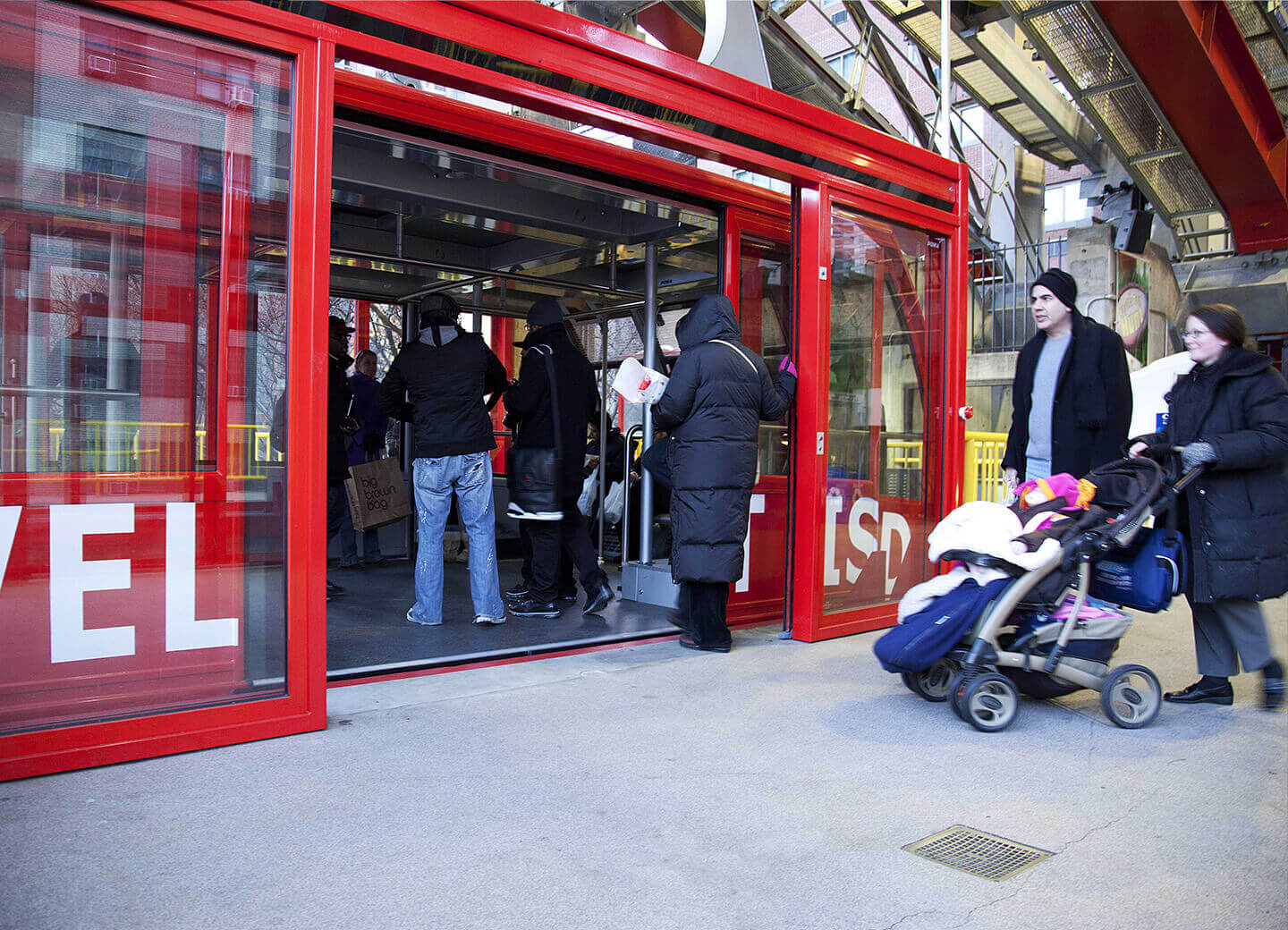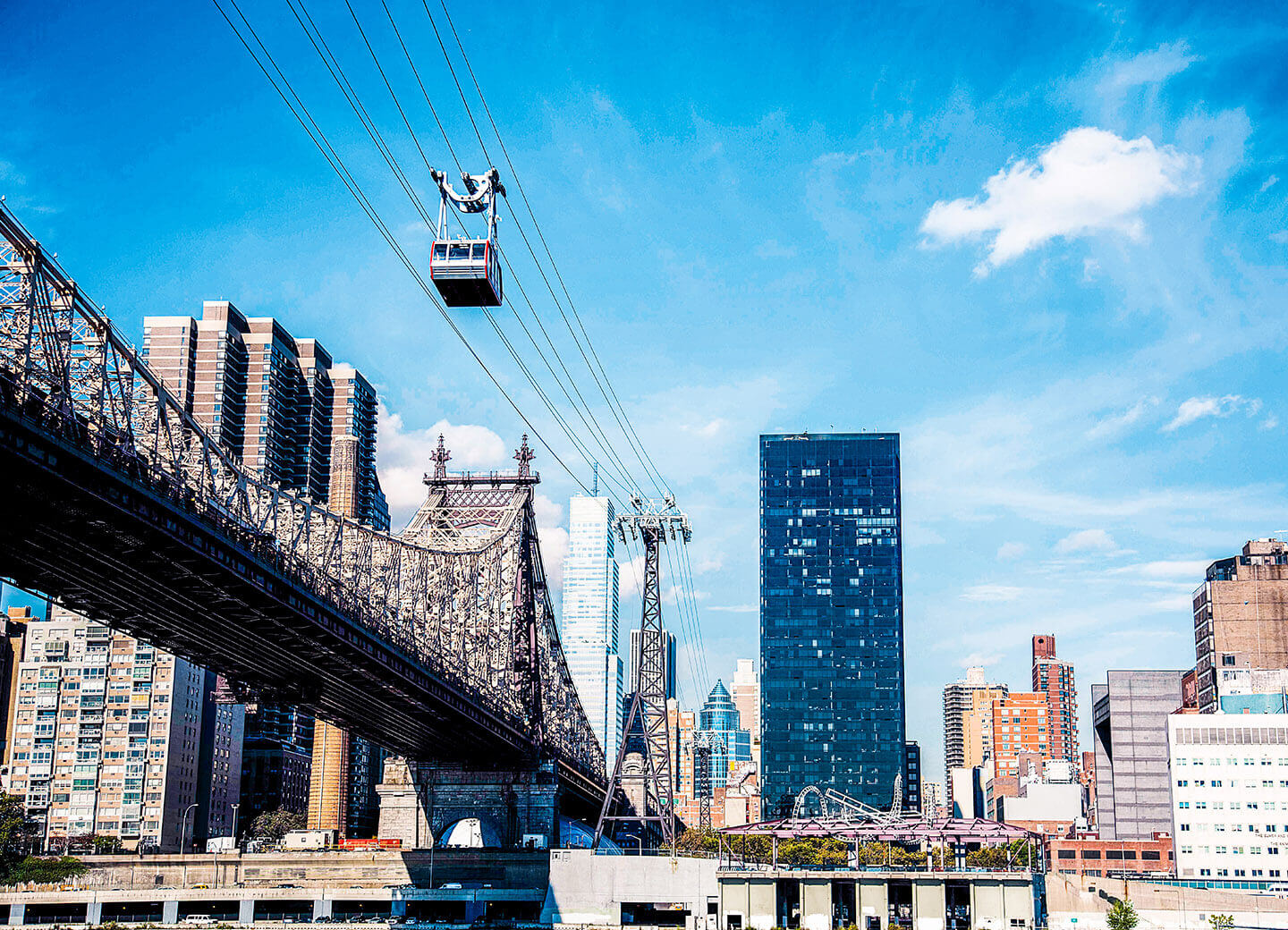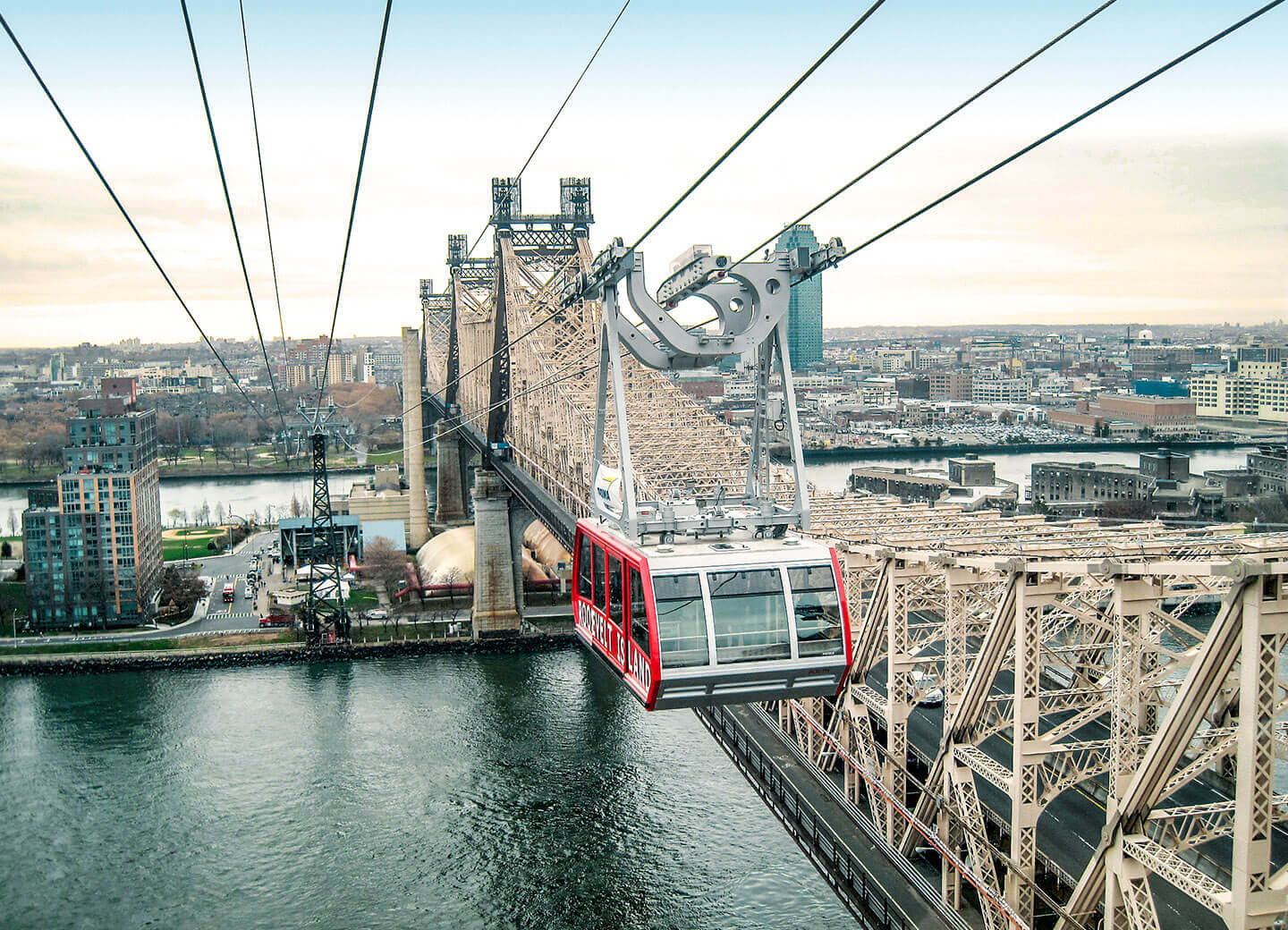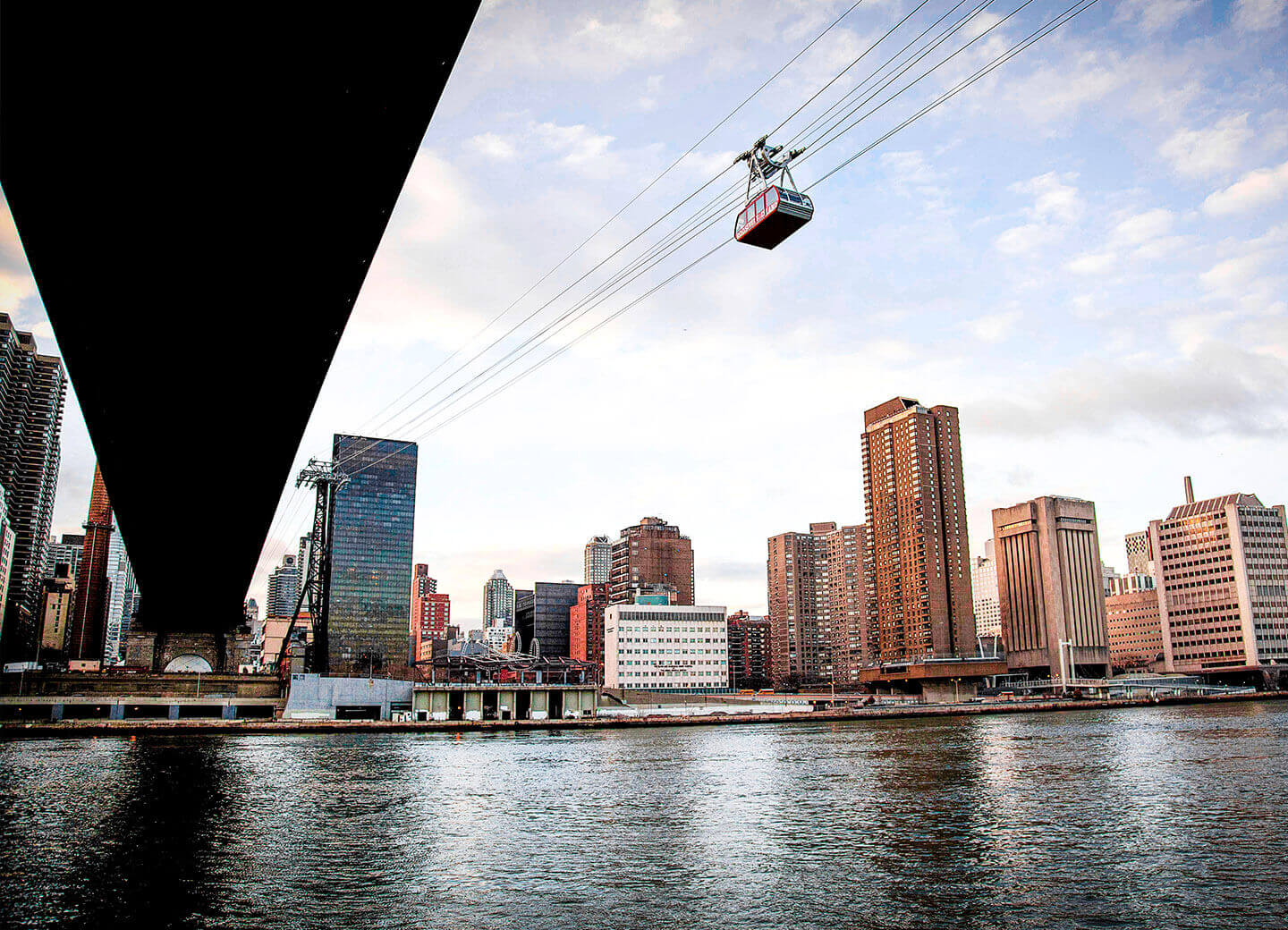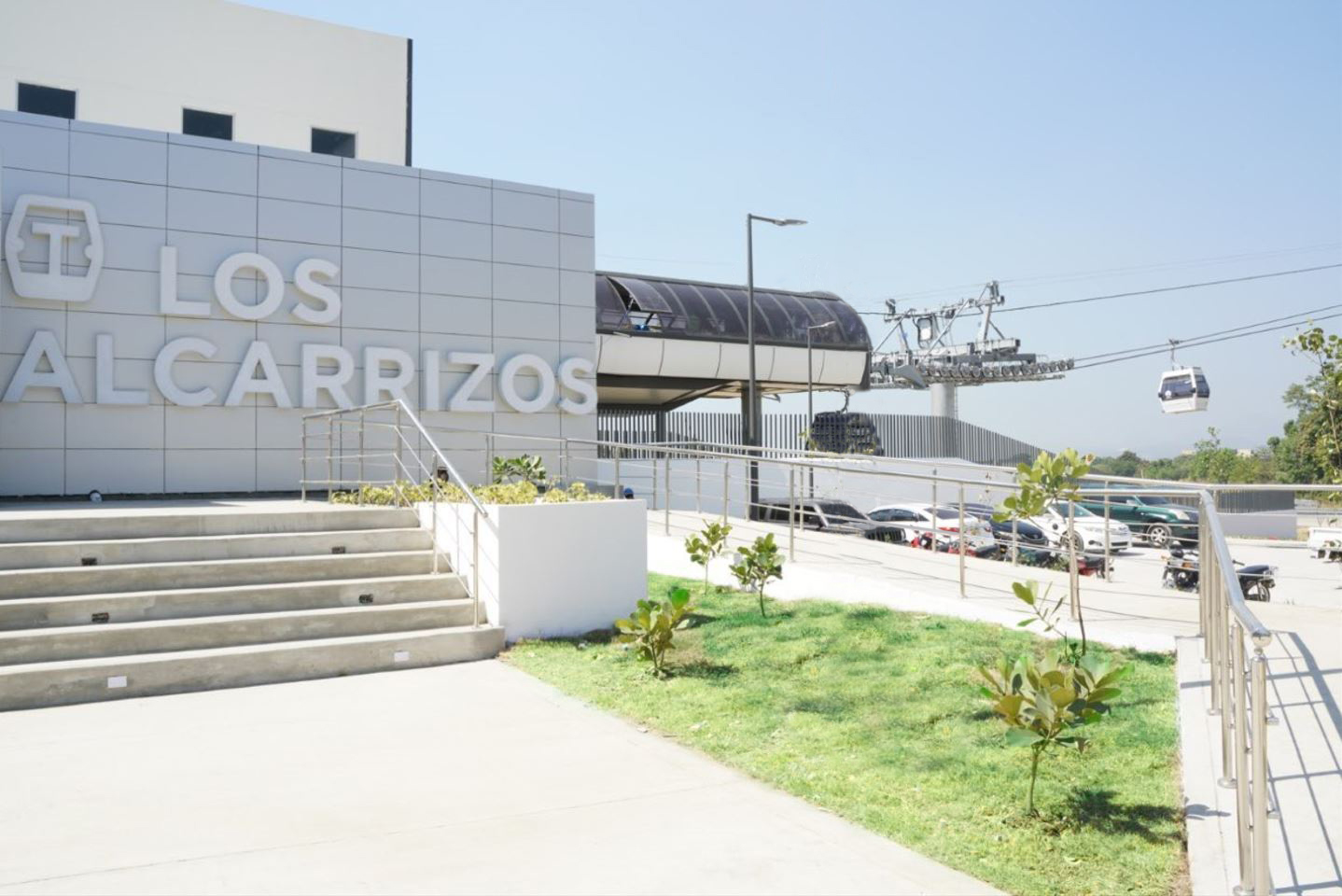
Aerial Tramway • Airtram Roosevelt Island
The project
Airtram Roosevelt Island

technical
specifications
POMA, innovation
for the project
Airtram in pictures
POMA urban references
Angelo cable car (Ajaccio)
AJACCIO – ANGELO
En octobre 2025, la CAPA a inauguré le nouveau téléporté urbain d’Ajaccio, construit par POMA. Long de 3km, il permet de relier Mezzavia, le secteur de Saint-Joseph et le bord de mer en seulement 12 minutes.
ReadAntananarivo
Madagascar – Antananarivo – 2024
In Antananarivo, the capital of Madagascar, the fifth largest island in the world, the population has increased tenfold in 60 years to reach 3.5 million inhabitants. As part of a sustainable restructuring of the city’s mobility system, the first urban cable car line was installed to carry over 40,000 passengers a day.
Readle Valléen
France – Saint Gervais – 2024
Located at the foot of Mont Blanc, Saint-Gervais-les-Bains is increasingly focusing on sustainable mobility solutions. The Le Valléen 10-seater gondola lift, whose bottom station is directly linked to the du Fayet train station, offers a fast, multimodal link to the center of Saint-Gervais. The new lift is already very popular with students, but is also…
ReadSantiago
Dominican Republic – Santiago de los caballeros – In progress
Santiago de los Caballeros, the second-largest city in the Dominican Republic, is currently building the SITS (Santiago Integrated Transport System), a sustainable mobility system that includes a monorail, bicycles, electric buses and a 12-passenger, almost four-kilometer-long gondola.
ReadP Line – Metrocable
Colombia – Medellin – 2021
A social and economic link, Medellin’s Metrocable is the emblem of a city on the move. The 6th line of the metrocable took off in 2022 to extend its public transport network, serving sustainable and soft mobility
ReadLos Alcarrizos
Dominican Republic – Santo Domingo – 2022
The city of Santo Domingo inaugurates its new urban aerial tramway line, the fastest in the world. The monocable system criss-crosses the sky over a 4.2-km stretch and serves four stations, offering a perfect soft mobility solution between the city centre and the suburbs.
ReadCitadel of Namur gondola lift
Belgique – Namur – 2021
In Namur, Belgium, the ropeway connects the city centre to the Citadel Esplanade, flying over the river Sambre and the ramparts. Tourists and locals alike enjoy the experience of a silent trip with a breathtaking viewpoint. An ecological mode of travel, it blends harmoniously into its environment, by virtue of its modern architecture that respects…
ReadAerovia
Equateur – Guayaquil – ongoing project
In order to improve the flow of daily traffic between Duran and Guayaquil, Ecuador’s economic capital, and offer an alternative solution for crossing the estuary, the local authorities have opted for ropeway transportation. Ecuador’s first urban gondola lift links Duran and Guayaquil, providing fast, smooth travel throughout the transport network for 40,000 passengers a day.
ReadChiatura
Géorgie – Chiatura – 2020
To retrofit its urban overhead transport system, the city of Chiatura chose POMA. Four small urban ropeways, developed specifically to satisfy the needs in terms of capacity and the constraints regarding distances, have replaced some (very) old Russian ropeways.
ReadTizi Ouzou
Algeria – Tizi Ouzou – 2019
POMA has developed a three-section aerial transport line with a total length of 5 km consisting of two gondola lifts and an aerial ropeway in Tizi Ouzou, a town located 100 km from Algiers.
ReadTéléo
France – Toulouse – 2021
More than 8,000 passengers will board the cabins of the Téléo tricable ropeway every day. Part of the Toulouse Agglomeration’s transport network, it crosses a river and travels over a hill to link three major hubs of activity in the south of Toulouse: the University Cancer Institute, Rangueil Hospital and Paul Sabatier University.
Read
